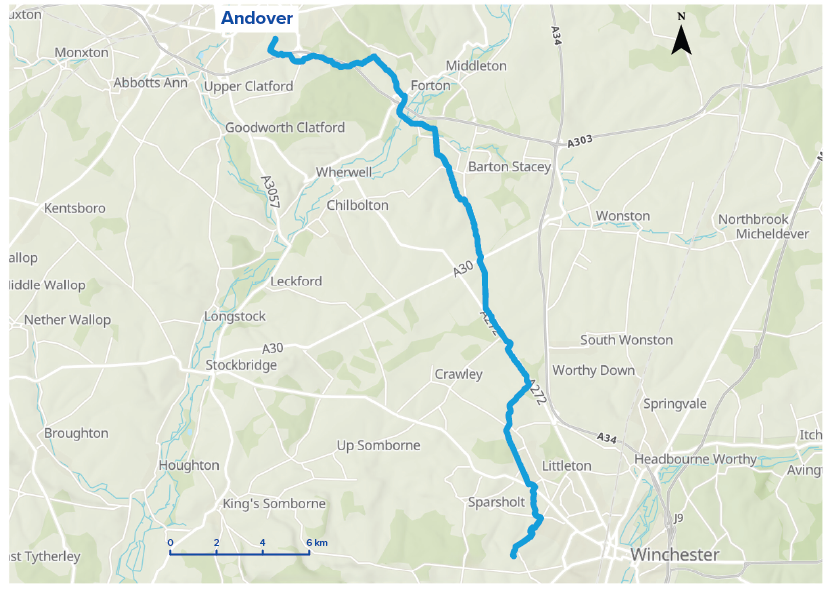Why do we need the Andover Link Main?
With a growing population and changing climate, water supplies are under pressure, especially during dry spells. In Hampshire alone, we need to find an extra 200 million litres of water a day during a drought to keep taps flowing.
Hampshire is home to two of the UK’s most delicate chalk streams — the River Test and River Itchen. These rare ecosystems are home to a variety of wildlife and supply water to thousands of customers.
To protect these local rivers, we must reduce the amount of water we take from them when supplies are stretched. To do this, we’re introducing new sources of water, reservoirs and pipelines like the Andover Link Main, as well as helping our customers use water wisely. This is all part of our Water for Life – Hampshire programme.



